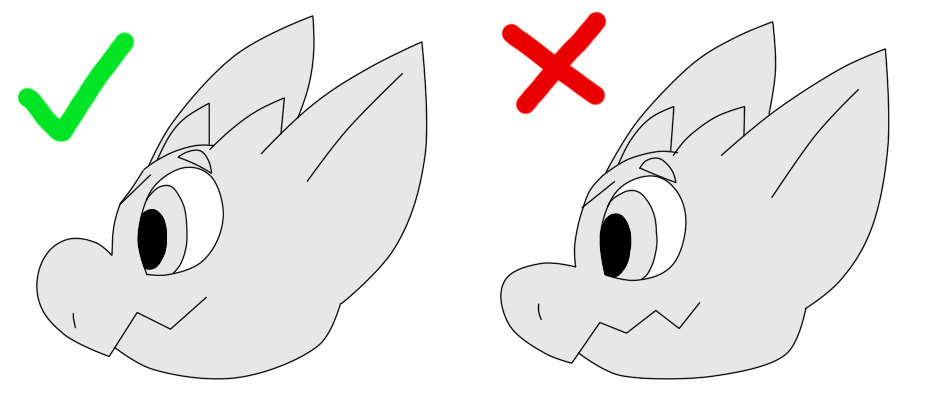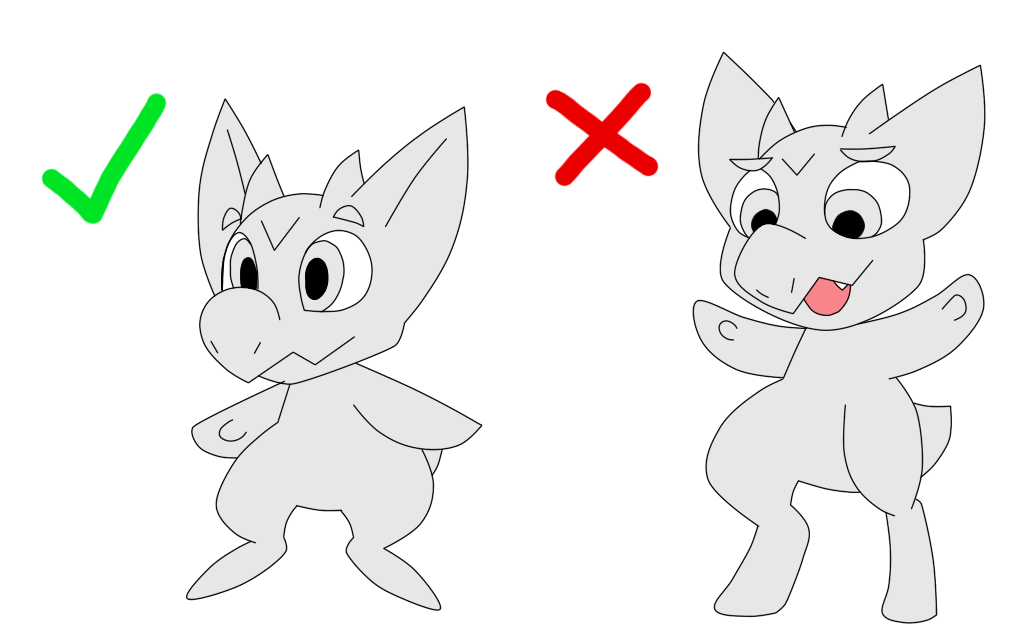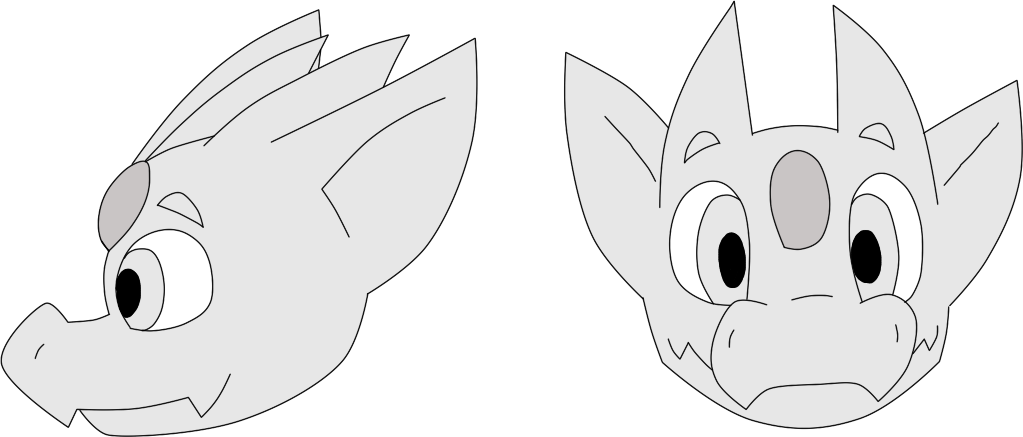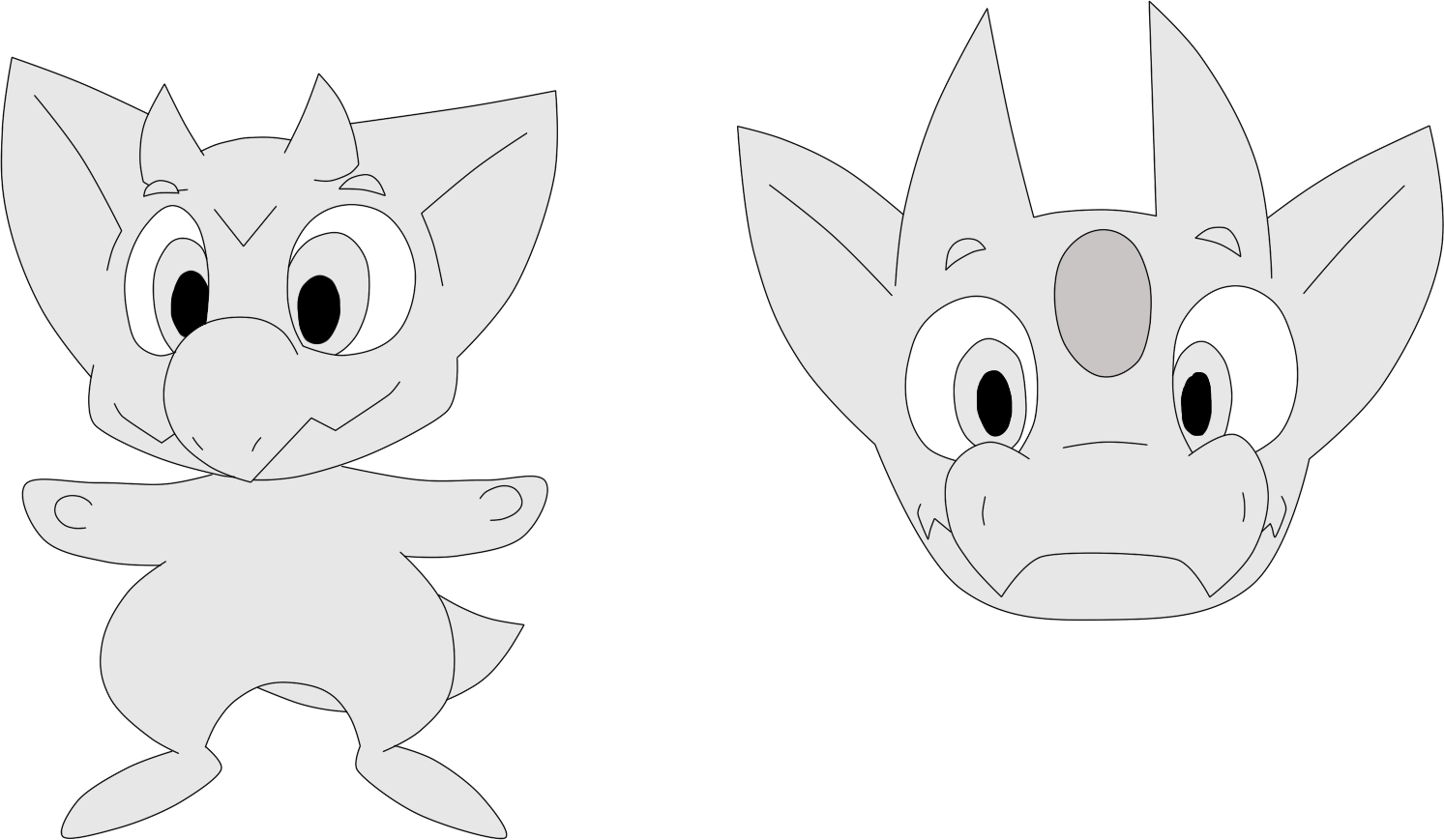Those who have mastered the elements...
Draken are a species known for their skills and mastery of the elements. They are able to channel their Mana into creating the purest versions of their element.
Their species name is pronounced "Drak-in," they are a dragonic — reptilian, even — species found all across Kladeon (and possibly beyond!). They are one of the two most prominent species, the other being Nyulop.
Their species name is the same in both singular and plural; one Draken, five Draken.
Draken do not have subspecies like their Nyulop counterparts, but do have a much rarer variant known as Dual Draken.
Species Origin
Draken are a very versatile species due to the elemental differences across the entirety of their makeup. As such, the exact origin of Draken is not really traceable - but they were thought to be evolved from mountain dwelling draconic creatures. Specific elements of Draken are suited to specific environments, so nowadays they are found everywhere… well, that’s what the records say. Nowadays, the species can be found all over the world, though each element tends to stay… within their element.
The Basics
Draken are born into one of six elements: Fire, Water, Wind, Earth, Ice and Lightning. Each element has their own unique look and feel to them. Fire Draken tend to be very sharp - literally sporting all kinds of spikes, though you may find some that are literally on fire! Water Draken are primed for swimming and dwelling under the water for long periods of time. They may be found with plenty of webbing and finned tails. Some Water Draken even grow gills! In order to live up in the clouds, among the mountains, Wind Draken share furred traits with Ice Draken, but many also sport feathers. Earth Draken can be hardy and immovable mountains, but they may also be as delicate and beautiful as flowers - making them one of the most versatile of a single element! Lastly, Lightning Draken pull from the power of plasma, and bear all sorts of lightning inspired amelio. Draken of opposite elements have been known to clash with one another, but so long as they do not demonstrate their magic to one another, Draken of every element can get along quite well.
Every Draken is born with scale colors that represent their element, and while these scales can change color over the course of their life, they tend not to change so extremely! In addition to the six elements, there exists a rare type of Draken that may be born when parents of two different elements come together - a Dual Element. Duals possess aspects of both element but may not be masters of either. They are more susceptible to magic type diseases.
Draken were once known for their power and courage, living peacefully among themselves but very territorial otherwise. Draken make excellent hunters, and meat once made up the whole of their diet long ago, but they’ve since evolved to become omnivorous - now eating a whole host of fruits and vegetables. There are few Draken that have a diet consisting only of meat nowadays. Draken have a great sense of smell and loads of stamina, making them excellent trackers and chasers. While usually incredibly tall, Draken can vary in height and body shape giving every individual Draken a unique set of skills. They are only able to walk on two feet, trying to bend down to four feet would be unwieldy and unusual and simply isn’t possible. They are a civilized species, no known feral Draken exist.
Eggs & Hatchlings
Like many reptilian creatures, Draken hatch from eggs. Draken eggs are very large, about the size of a real world ostrich egg, meaning they don’t grow much from infant to child when they are born. Hatchlings are born with their senses developed and ready to run. Their fine motor skills are lacking, meaning hatchlings can be very clumsy. Parents must be very careful as baby Draken hatch when their scales are still soft and it takes a few days for the scales to harden.
Hatchlings are very energetic and are very curious about everything! They often run about and sniff all that they see. They are a little pudgy due to baby fat, and their horns are a little small. They have big pointed ears and their V notch is already prominent on their forehead.
Draken egg color depends on the element and often act as camouflage in specific environments.
Fire: Reds and oranges with a rough scaly texture, meant to camouflage in volcanic and mountainous environments.
Water: Blues and foamy light blues with a soft outer coating and a hard inside, meant to camouflage in river and ocean environments.
Wind: Dull browns and light cream with a smooth texture, meant to camouflage in mountainous environments and at high altitudes among the clouds.
Earth: Greens and browns with a smooth or rocky texture, meant to camouflage in grassy plains and mountainous environments.
Ice: Light blues and off whites with a smooth or crystalline texture, meant to camouflage in snowy and icy environments.
Lightning: Light yellows and teals with a smooth texture, meant to camouflage in savanna and desert environments.
Dual element eggs tend to mix the colors and textures of whatever two elements they represent. Because they can be random colors and random textures they don’t blend into any one environment that well at all.
Draklings

Young Draken are commonly called “Draklings”. They’re small - smaller than young Nyulop - and very round. They’ve better grown into their ears and tail, but their ears are still quite large compared to their head. They sport much larger horns on their head compared to hatchlings, and their V notch is well defined. The scale that covers the notch (known as the Third Eye Scale) is sunken in towards the skull slightly as it prepares to pop off. In this stage of growth, their scales are fully hardened and their markings solidify their placement. This growth process occurs around one month of age. It should be noted that because of the structure of their legs and feet, Draklings can walk comfortably on two legs but getting on all fours is unnatural and uncomfortable.
The energetic infant grows into an energetic Drakling and as they slowly grow out of their clumsiness they become even more of a handful. The care of a Drakling falls to the parents, unless the parents choose to give their child up to a community caretaker. With a caretaker, the Drakling will often play fight with other young ones and run around all day. Their maturing process is faster, so they tend to want to break away from the pack earlier than Nyulop. Draklings tend to have a big appetite and require a lot of food to grow up healthy and strong.
This stage of growth is the first stage where a Drakling can show signs of changes known as Ameilo Phenomena. This refers to the sudden physical change of a Drakling (and mature Draken). Draken feel the Amelio Phenomena is a natural part of the growth process, and a Drakling who shows no signs of AP is considered a runt. At this stage of growth, Drakling can obtain a few element specific AP but not many because Drakling have not fully grown in their Third Eye Gem - an organ necessary to process mana particles.
Matured Draken
When fully matured, a Draken shoots up in height considerably. The height of an average Draken is taller than that of all other known species, and most Draken gain a considerable amount of muscle mass to match. Fully matured Draken are simply known as ‘Draken’ with no gender specificity. A young Draken is not considered an adult until the third eye scale covering the newly growing third eye gem has popped off and the third eye gem is fully grown in - usually denoted by the young adult’s ability to manipulate mana particles. A fully grown Draken can stand anywhere from 5’7” (170cm) to 6’7” (200cm) with no variation past this range.
Matured Draken take in raw mana particles from the air and convert them into essential vitamins and minerals for survival. A healthy adult Draken can take these mana particles and manipulate them into different forms depending upon the element they were born with. The way a Draken chooses to display their magic depends on the individual, but Draken are known for learning a variety of ways to manipulate their elements. Manipulating mana is as natural to a Draken as breathing is - so they tend to be able to learn these things on their own without much help… It is advised that young adults are monitored, however, so that they do not cause any destruction! If anything were to happen to a Draken’s third eye gem (cracked, chipped or broken in some way), they would fall extremely ill which would most likely result in death.
As Draken start to mature both physically and mentally, they may start to develop romantic interests - though it is not strange for a matured Draken to entirely forego a love life to pursue other passions. Most Draken are monogamous, and often only take one partner at a time - where they will settle with one partner for life once they’ve found a good match.

Anatomy

Baby Draken have a specific head shape that tends not to change across different Draken. Every Baby Draken has a mouth with three notches and a prominent bump snout. The bump should not flatten out at all. The mouth should not have more than three notches either. In addition, a baby Draken has a V notched scale in the middle of their forehead - and it indents a little into the skull. While not enough to impact the development of the brain, it should be semi-noticeable on a profile shot.

Baby Draken are squishy little things. They have quite a short stature, being smaller than even baby Nyulop. All Baby Draken are flatfooted, and do not stand on their toes (it would be rather uncomfortable to walk this way). Their bodies should be a little chubby, as well. Baby Draken do not vary in body shape as widely as their matured forms.

The matured Draken’s head changes quite a bit from their baby selves, gaining four notches that resemble fangs. These notches are made of cartilage and are very slightly flexible (they are not muscle, so the Draken cannot move them of their own accord). In addition, the third eye gem juts out very slightly from the forehead. The third eye gem is attached to the skull, so it is not easily removed.

Please take note of the V notch size and the third eye gem size. The V notch should always be the same size in comparison to the rest of the baby Draken’s features - and it always sits in the middle of the forehead. The V notch is not smaller or bigger than presented above. The Third Eye Gem sits in a similar place where the V notch used to be, as if the V notch opened up to reveal a third eye. The Third Eye Gem should not be smaller or bigger than presented above. It should also sit nicely in the middle of the forehead. The third eye gem must always be an oval shape and may not contain any patterns. The third eye gem on dual element draken contain one color each from both element palettes. No marking or upgrade may share the same color as the third eye gem (so that color is essentially forfeit).